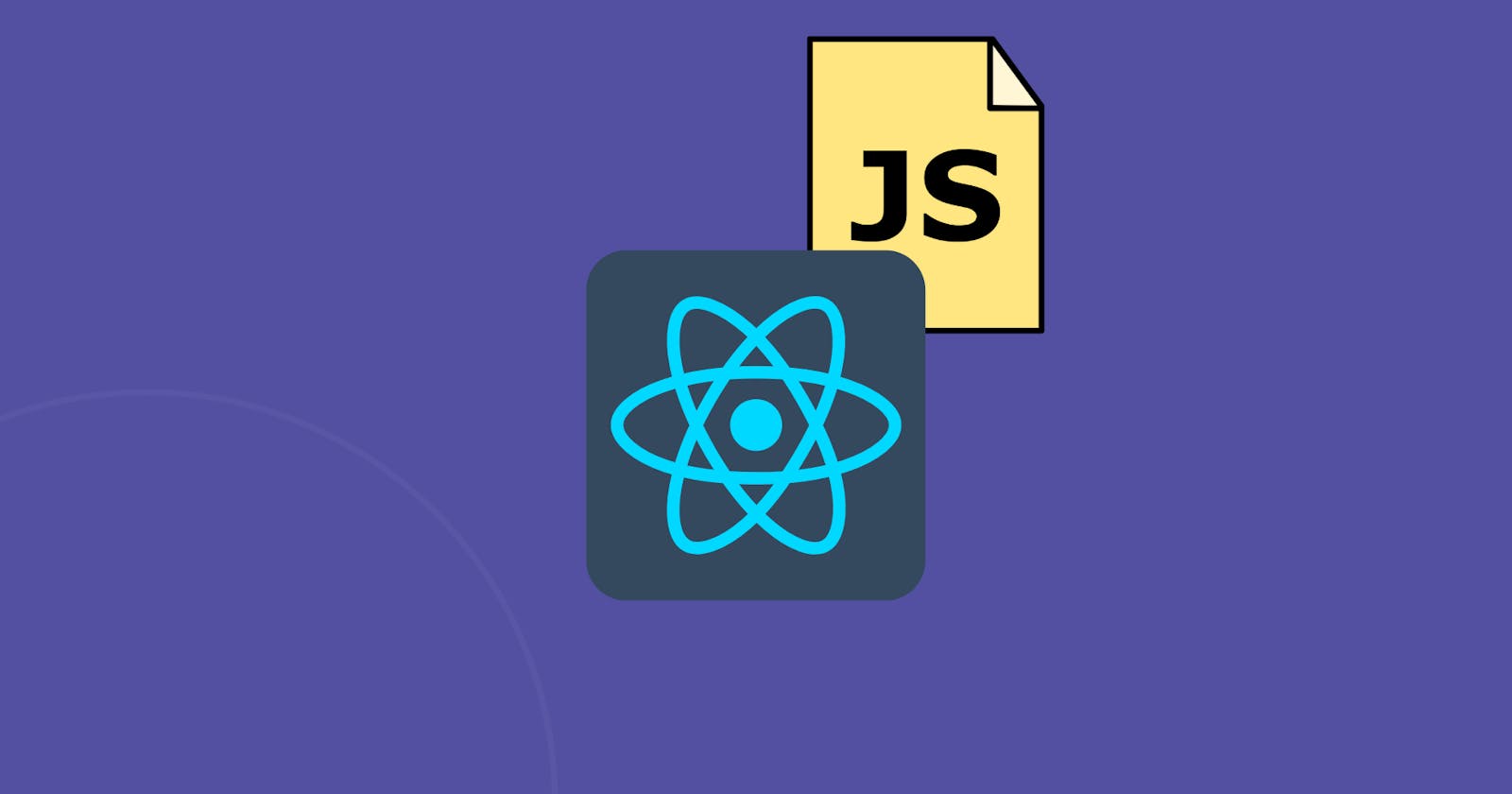JavaScript Fundamentals You Can't Skip Before Learning React.js
JS Essentials on the Road to React Brilliance
The Role of JavaScript in React.js:
When delving into the world of React.js, understanding the pivotal role that JavaScript plays is essential. React.js, a powerful JavaScript library for building user interfaces, leverages the core principles of JavaScript to create interactive and dynamic web applications.
1. JavaScript as the Foundation:
Declarative Syntax:
React uses a declarative syntax, allowing developers to describe how the UI should look based on the current state. JavaScript's ability to express logic and conditions seamlessly aligns with React's declarative nature.
Component-Based Architecture:
React applications are built using components, reusable and independent building blocks. These components are essentially JavaScript functions or classes. Understanding JavaScript functions, scope, and object-oriented principles lays the groundwork for effective React component development.
State and Props Management:
React components often rely on state and props to manage data and communication between different parts of the application. JavaScript's understanding of variables, data types, and scope is fundamental for managing state and props effectively
2. Key JavaScript Concepts for React Success:
Variables and Data Types:
JavaScript variables hold data values, and understanding data types (such as strings, numbers, and booleans is crucial when working with React state and props.
let message = "Hello, JavaScript!"; let count = 42;Functions and Scope
Functions are the building blocks of JavaScript, and they play a central role in React for defining components and handling various tasks. Understanding scope is crucial for variable accessibility.
function greet(name) { return `Hello, ${name}!`; }Arrays and Objects:
Manipulating data structures like arrays and objects is common in React development, especially when dealing with component state and managing dynamic content.
let colors = ['red', 'green', 'blue']; let person = { name: 'John', age: 25 };Control Flow (if statements, loops):
Controlling the flow of your program is fundamental. JavaScript's if statements and loops find applications in React components for conditional rendering and iterating through lists of data.
if (condition) { // code to execute } for (let i = 0; i < array.length; i++) { // code to execute for each iteration }ES6+ Features:
Modern JavaScript features introduced in ECMAScript 2015 (ES6) and later, such as arrow functions, destructuring, and template literals, enhance code readability and maintainability in React projects.
const add = (a, b) => a + b; const { firstName, lastName } = person; console.log(`My name is ${firstName} ${lastName}.`);
